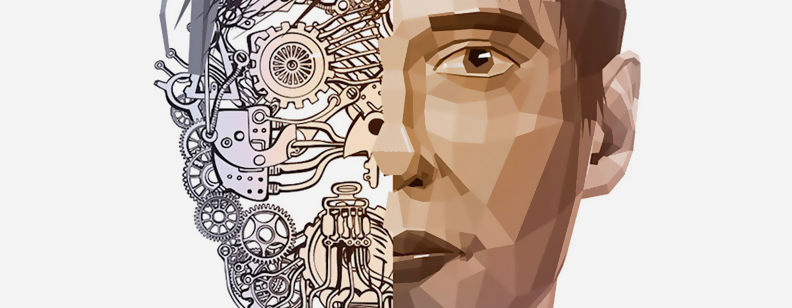Will Machine Translation Ever Beat Human Translation?
It is so temptation when we think of a world where communicating with others in different languages is effortlessly easy, all hail to machine translation. Will the rise in machine translation mean that people won’t have to learn languages anymore?
It is evident that evolution of machine translation is spreading fast, but the fact of the matter is that we haven’t yet reached the ideal vision. Will it ever happen?
Machine translation dates back since around 1950s, where researchers began the simple use of software to translate text or speech into different languages. The first commercial machine translation system appeared in 1991, with the first web applications following along a few years later.
In the tech-age today, machine translation technology varies from extensively used, free online translation services such as Google Translate, too cheap, on-the-go mobile phone apps such as Apple’s iTranslate, to rather more expensive, customizable, professional software packages.
The pros of machine translation are clear:
It’s cheap and sometimes even free depending on the kind of service you use.
It’s swift for on-the-spot translation needs, or time-critical web content.
It’s innovating almost every other day as researchers strive to make machine translation technology better.
But we can’t ignore the drawbacks which are as clear as the benefits:
It lacks localization as it produces straightforward translation. There is little or no localization in reproducing the content into a suitable cultural context.
Tone in the content is nearly nonexistent as machine translation focuses to translate more restrained aspects of language such as humor and metaphor.
Machine translation often reads very awkwardly breaking the momentum of content, which results in poorly structured sentences which are difficult to read.
If you’ve invested a good time to create content; then you definitely need human creative translation to do justice to the original content and make certain that all client objectives are met.
Probably the most prominent machine translation failure incident is about the Chinese café which wanted to provide a sign in both English and Chinese. The Chinese sign (in Chinese characters) said ‘Dining Hall’, while the shiny new English sign said ‘Translate Server Error.’
The incident attracted global publicity but it did not prove harmful for the café. Although in the serious world of business machine translation such errors can cause some significant complications. Sometimes the organization can end up facing legal action.
Therefore we conclude, that human translation is here to stay. There is unquestionably a place for machine translation, especially in those circumstances where urgency is more important than precision, but in a professional perspective nothing will ever beat the impact of creative, precise, localized, human translation.
Read Also: Human Translation versus Machine Translation



